In need of a 665,443-square-foot, 1,700-bed work camp, complete with amenities like a movie theatre, gymnasium, fitness centre, cafeteria and bar? If so, BC Hydro may be able to fill your order.
A camp that was opened in 2016 to support construction of the Site C hydroelectric dam near Fort St. John in northeast B.C. is on the market. The original contract for the camp was $470 million, which included construction costs, operation and maintenance throughout the life of the project.
Construction operations will wind down at the site later this year and the utility is looking for a potential buyer.
Two years ago, BC Hydro began the process of trying to find a buyer and reached out to the public and private sector, not-for-profits, local governments and First Nations to see if there was any interest. There were nibbles, mostly from companies in the oil, gas and mining sectors, but no firm suitors.
The camp has been in operation roughly 10 years and overlooks the Site C project. In addition to the amenities, there are 21 three-storey dorms, each with about 80 rooms consisting of a bed and bathroom with a shower, toilet and sink – much like those on a cruise ship. There are no kitchens in the rooms.
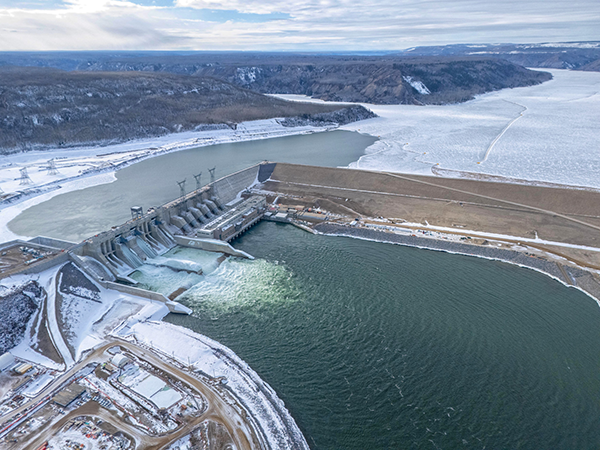
The camp was built to support workers from B.C. as well as those who were flown in from other parts of Canada to work on the dam. Workers typically stayed at the camp for periods of up to two weeks. At the peak of Site C construction in 2023, more than 2,000 people were staying at the camp everyday.
“It’s got everything right there,” explains Greg Alexis, manager of public affairs and community relations at Site C. “It was designed that way from the beginning just to ensure that people can stay onsite.”
The camp is still in operation and will remain that way for some months yet as there is still work being done at Site C. Four of six massive generating units are now operating. Two more have yet to be installed.
“We’re on track to have all the units in sometime later this year,” says Alexis. “A lot of the big milestones on the project are done now.”
The earth fill dam is also completed. Much of the work still in progress is in the powerhouse. Reclamation work also remains.
While the project is being wrapped up, BC Hydro had to figure out what to do with the sprawling work camp.
“It was purpose-built for Site C,” says Alexis. “Our top goal is to find an interested party or parties to acquire the whole camp at the end of the project.”
The furniture, appliances, gym equipment and other items will be sold separately from the buildings.

BC Hydro expects potential buyers will be construction or industrial companies as the accommodations are more suited to those types of uses. However, the choices are limited. The utility can either sell the camp and have it trucked to a new location or scrap it and send it to a landfill.
Both options face hurdles.
For one, the camp is enormous. Moving just one dormitory would require approximately 30 flatbed trucks. The dorms would have to be disassembled and then reassembled at the final destination. As an added wrinkle, the mammoth structures may also have to be changed to meet local building codes.
BC Hydro has noted it is willing to sell the dormitories individually, but buyers must take the entire structure. Individual dormitories can not be split up.
“If anybody wants a dormitory, you have to take all the rooms,” says Alexis. “You can’t just say, ‘I want half.’”
Scrapping the camp is also problematic.
Earlier, the Peace River Regional District (PRRD) board learned demolition was a possibility, which would mean sending scrap to the local landfill. They expressed concerns about the massive amount of scrap that would reduce the lifespan of the North Peace Regional Landfill site.
The board requested BC Hydro work with their subcontractor and Site C camp provider to repurpose or find other opportunities for the camp structures. The PRRD additionally directed all regional landfills to not receive any of the structures in sorted or demolished form.
BC Hydro is now working with its subcontractor on a decommissioning plan for the camp, according to Alexis.
“We’re still working with the contractor to see and to assess what that would look like, and we need to work with them on what that decommissioning plan looks like and how the facility will be dismantled along with what materials can be salvaged or recycled for reuse,” he says. “We’re not there yet.”
While the clock is ticking, Alexis says there is still time to find a buyer.
“We’ve still got some time. We’ve still got several more months of construction on the project and we still have people staying in it so it’s not happening at this current moment.”
In the last few weeks, BC Hydro has received a few more enquiries from industrial users, says Alexis.
“They have come forward again and said, ‘I’d like to get some more information on that and where things are at.’”


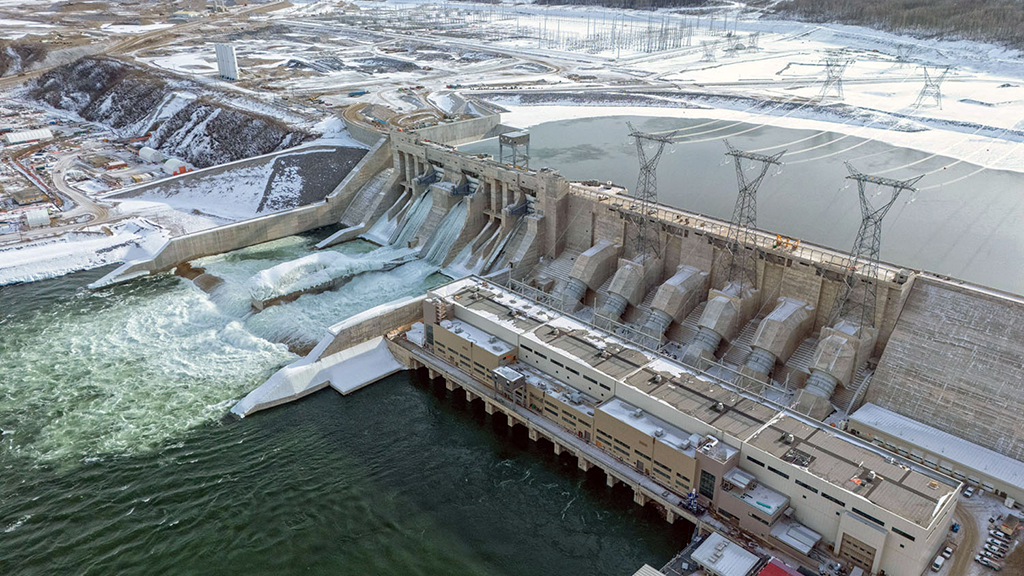

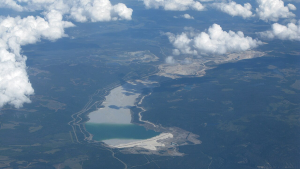


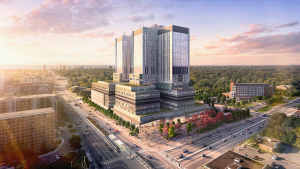
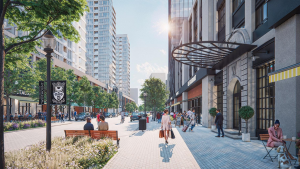

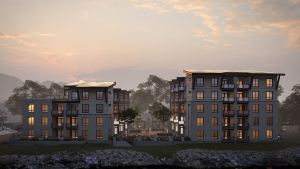
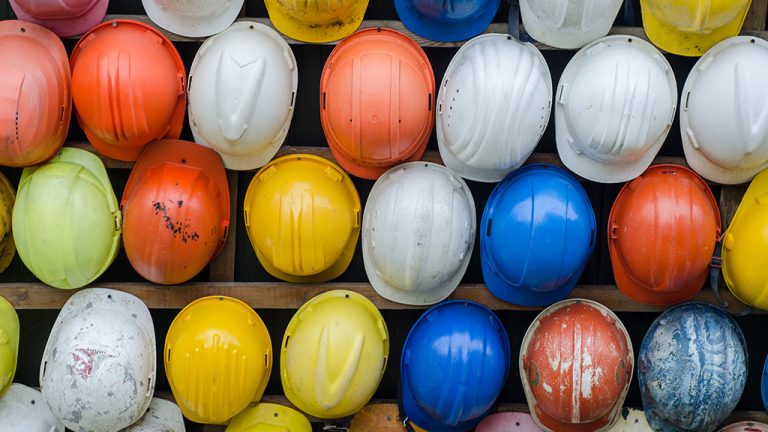
Recent Comments